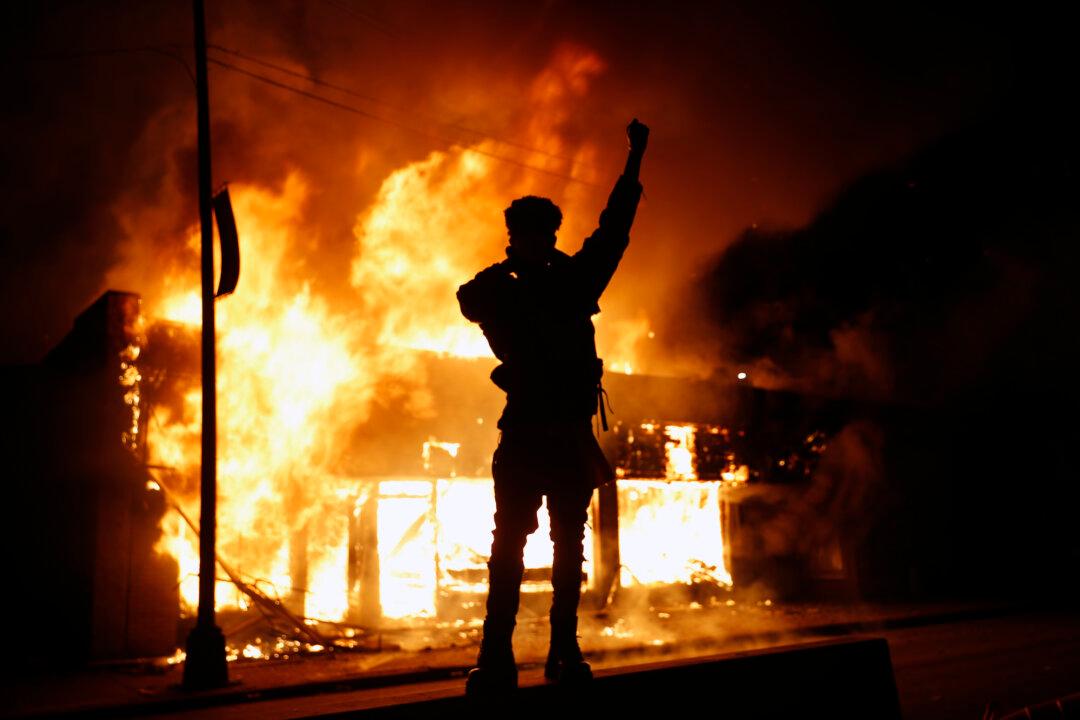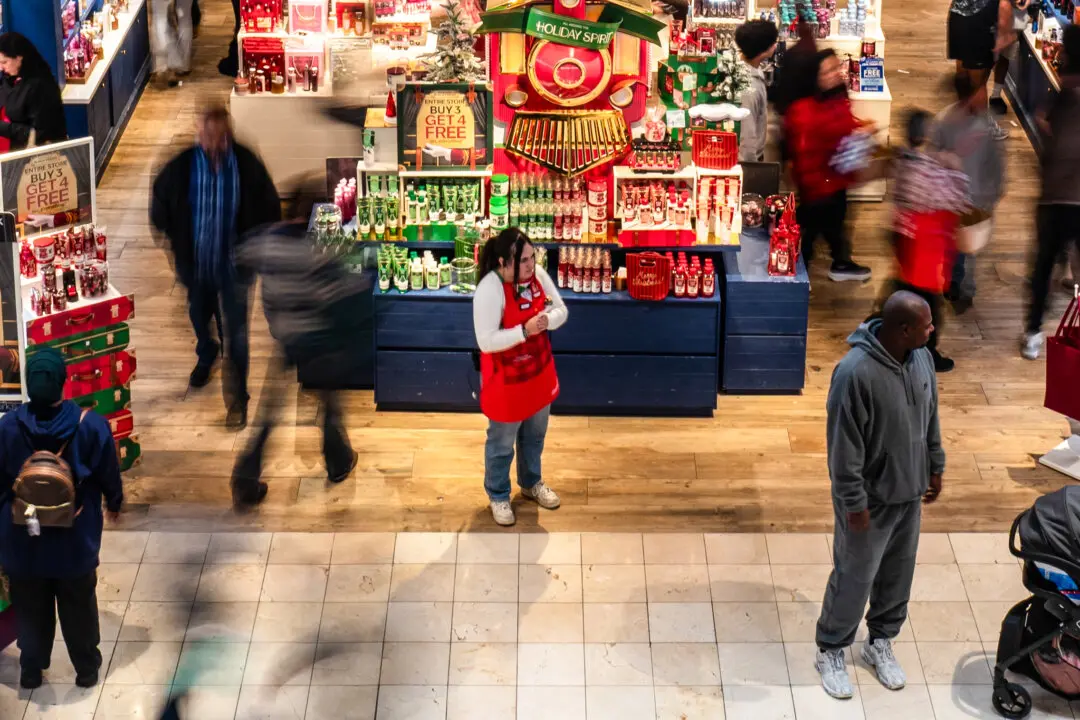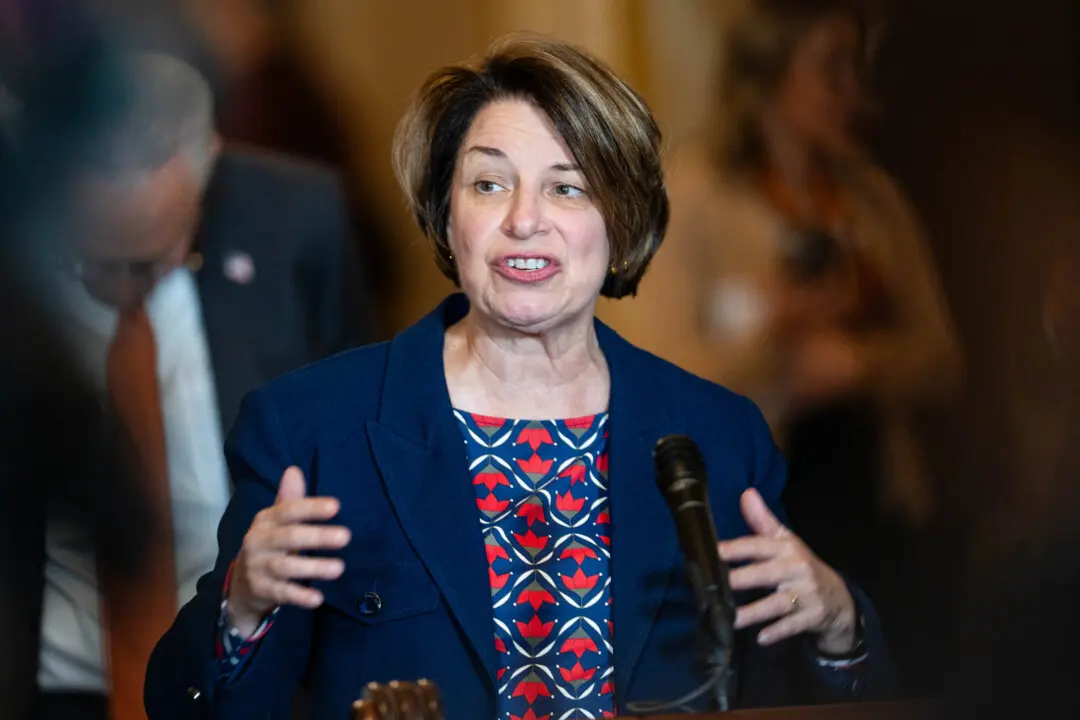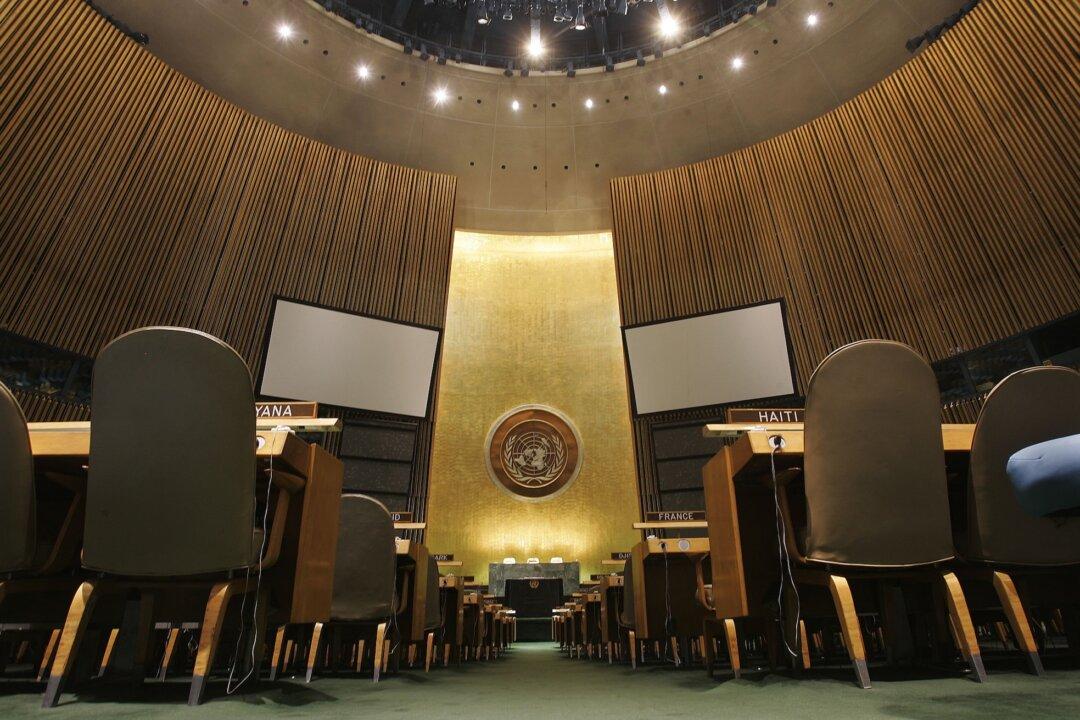Protests following Monday’s police custody death of George Floyd have spread to more cities across America, while the former Minneapolis police officer who knelt on Floyd’s neck was arrested and charged with manslaughter and murder.
Demonstrations, often violent and involving destruction of property, have spread in recent days to places like Los Angeles, Washington, and Chicago, with a man shot dead in Detroit, police cars battered in Atlanta, and skirmishes with police in New York City.





